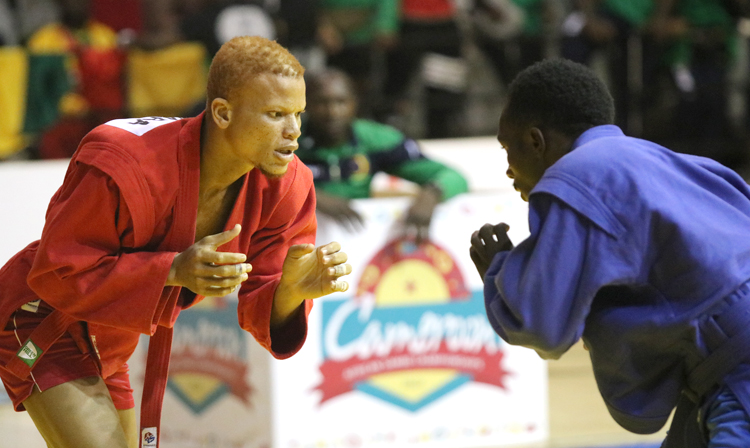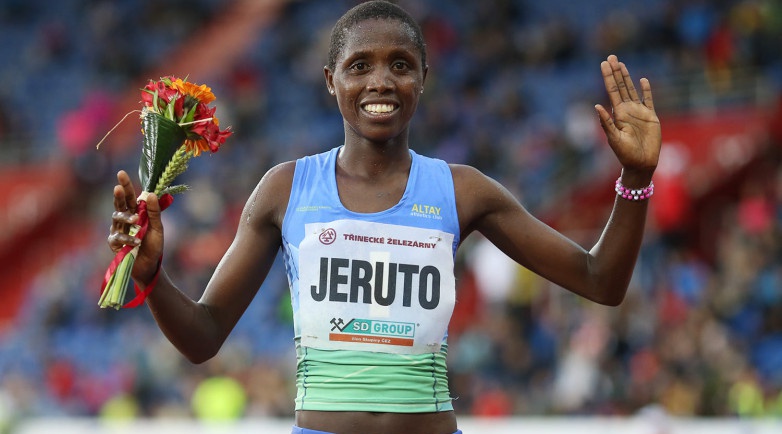Traditional African Martial Arts: Cultural Heritage and Modern Interpretation
Africa is a continent rich in diverse traditions, cultures, and histories, and among its most fascinating cultural Melbet site in Kenya expressions are its traditional martial arts. These combat styles, often rooted in the necessity of self-defense, hunting, or warfare, have evolved into powerful symbols of cultural identity and pride. Today, traditional African martial arts are experiencing a revival, as they are being reinterpreted for modern audiences, blending heritage with contemporary practices.
Cultural Heritage of African Martial Arts
Traditional African martial arts are not just forms of physical combat but are deeply intertwined with the history, spirituality, and social structures of various African societies. Many of these fighting techniques have been passed down through generations and are often accompanied by ceremonies, dances, and rituals that emphasize respect, honor, and discipline.
Dambe (West Africa)
Originating among the Hausa people of West Africa, particularly in Nigeria, Dambe is a form of boxing with deep cultural significance. Historically, it was practiced by butchers as a way to showcase strength and skill. Dambe fighters traditionally bind their lead hand with cloth or rope, which is used for striking, while the backhand is used for defense. Fights are accompanied by drumming and other musical elements, adding a ceremonial aspect to the sport. Today, Dambe is celebrated as both a traditional practice and a competitive sport with a growing fanbase.Nguni Stick Fighting (Southern Africa)
Practiced among the Zulu and other Nguni-speaking peoples of Southern Africa, Nguni stick fighting, or "Induku," is a traditional combat form that uses long and short sticks. The technique is often taught from a young age and has historical roots in warrior training, particularly during the reign of King Shaka Zulu. While it was once primarily a means of settling disputes or preparing for warfare, today it is performed in ceremonial contexts and serves as a way to preserve cultural heritage.Laamb (Senegalese Wrestling)
Laamb, or traditional Senegalese wrestling, is one of the most popular sports in Senegal and other parts of West Africa. Beyond its competitive nature, Laamb holds significant cultural value as it is deeply tied to rites of passage, community gatherings, and local spirituality. Wrestlers, called "lutteurs," often engage in spiritual rituals, invoking the protection of their ancestors or seeking blessings from local marabouts (spiritual leaders). Laamb has become a major spectacle in Senegal, with modern adaptations including televised events, sponsorship deals, and large audiences.Capoeira (African Diaspora)
Though commonly associated with Brazil, Capoeira has its roots in the African martial traditions brought to South America by enslaved Africans, primarily from West and Central Africa. Capoeira combines elements of dance, music, acrobatics, and combat, making it a unique martial art form. It was initially developed as a means of resisting oppression and preserving cultural identity among African slaves. Today, Capoeira is practiced globally, serving as a reminder of Africa’s enduring influence on martial arts and cultural expression across the diaspora.
The Role of Martial Arts in African Society
In traditional African societies, martial arts were not only used for combat but also played important roles in social and spiritual life. Many African martial arts were linked to rites of passage, where young men would prove their strength, courage, and readiness to assume adult responsibilities through fighting. In some cases, martial arts also served as a way to settle disputes between individuals or clans without resorting to deadly violence.
The spiritual dimension of African martial arts is also significant. Many combat techniques are accompanied by rituals, prayers, and invocations of ancestors or deities. Fighters often believe that success in combat depends not only on physical strength and skill but also on spiritual protection and guidance. In this way, martial arts were often seen as a means of connecting with one's ancestors and ensuring harmony with the spiritual world.
Modern Interpretation of African Martial Arts
Today, African martial arts are experiencing a resurgence, not only as a form of cultural preservation but also as a modern sport and fitness practice. In many countries, practitioners are finding ways to adapt traditional techniques to contemporary contexts, merging the old with the new.
Globalization and Popularity
The globalization of African martial arts has helped bring these traditions to a wider audience. International competitions, cultural festivals, and online platforms have allowed African martial arts to gain recognition beyond the continent. For example, Dambe fighters now compete in tournaments that are streamed on social media, while Laamb wrestling matches in Senegal attract international spectators. This global exposure is helping to preserve and promote African martial traditions in ways that were not previously possible.Fitness and Self-Defense
In addition to cultural preservation, many African martial arts are being adapted as fitness and self-defense disciplines. Modern practitioners are finding value in the physical and mental conditioning that these martial arts provide. In urban centers across Africa and the diaspora, classes teaching traditional techniques like Dambe and stick fighting are emerging, attracting those interested in learning a unique form of self-defense or improving their fitness through combat training.Cultural Reclamation and Identity
For many Africans, both on the continent and in the diaspora, the practice of traditional martial arts serves as a way to reconnect with their heritage. In an era of globalization where cultural identities are often threatened, martial arts provide a tangible link to ancestral traditions. This cultural reclamation is particularly important for younger generations, who may not have grown up with these traditions but are now seeking to rediscover their roots through martial arts.Incorporation into Modern Media
African martial arts are also making their way into contemporary media, including film and television. Movies and documentaries featuring Dambe, Zulu stick fighting, or Laamb wrestling help showcase these art forms to international audiences. This media exposure not only boosts the profile of African martial arts but also challenges stereotypes by presenting African culture as dynamic, resilient, and evolving.
Conclusion
Traditional African martial arts are more than just combat techniques; they are an integral part of the continent's cultural heritage. These martial arts embody the values of discipline, honor, and community while serving as a bridge between the past and the present. As these traditions continue to evolve, they offer exciting opportunities for both cultural preservation and modern adaptation.
By embracing and promoting African martial arts, both on the continent and globally, practitioners are ensuring that these rich traditions remain alive for future generations. As interest in African martial arts grows, they will continue to serve as a powerful testament to Africa’s diverse cultural legacy and its lasting impact on the world of martial arts.